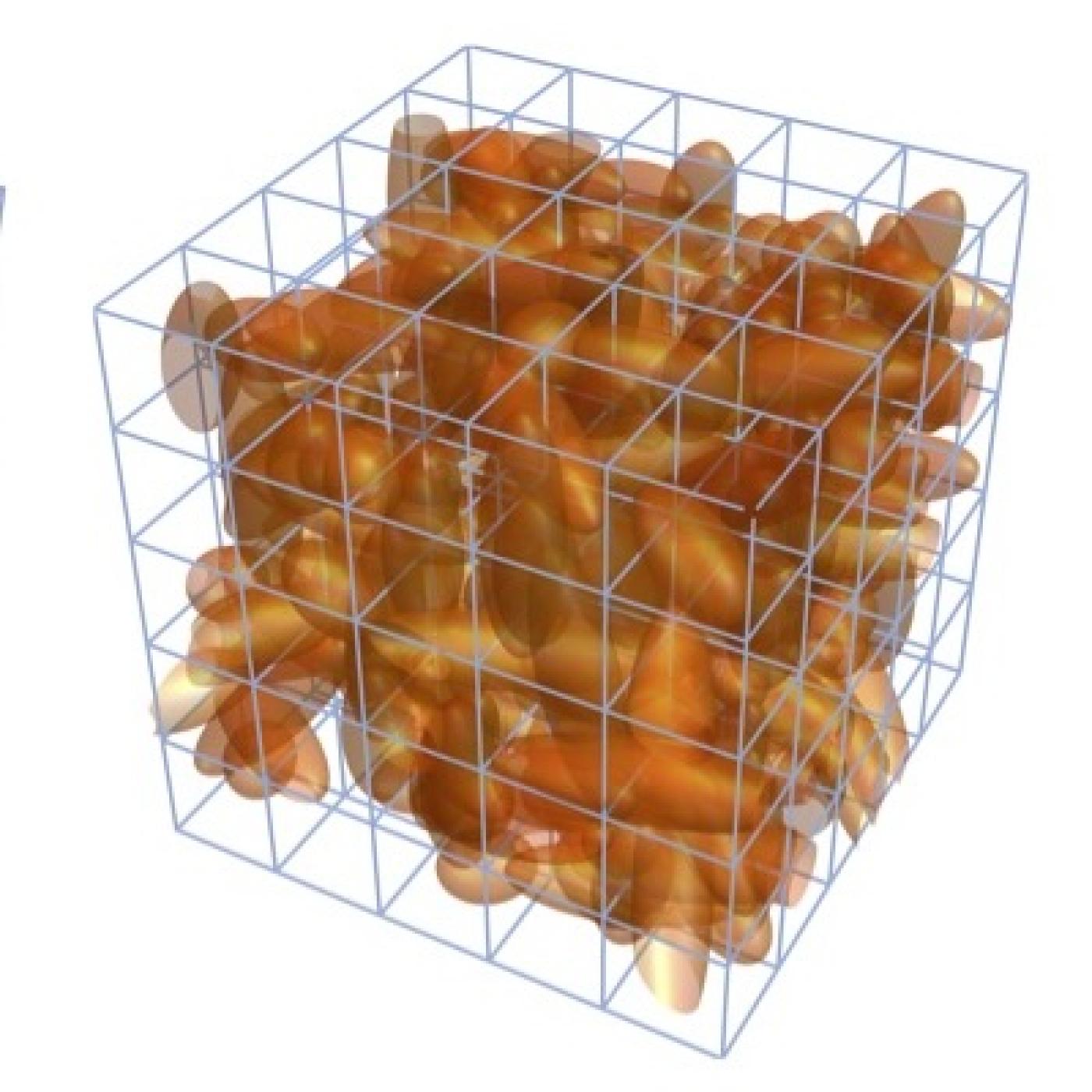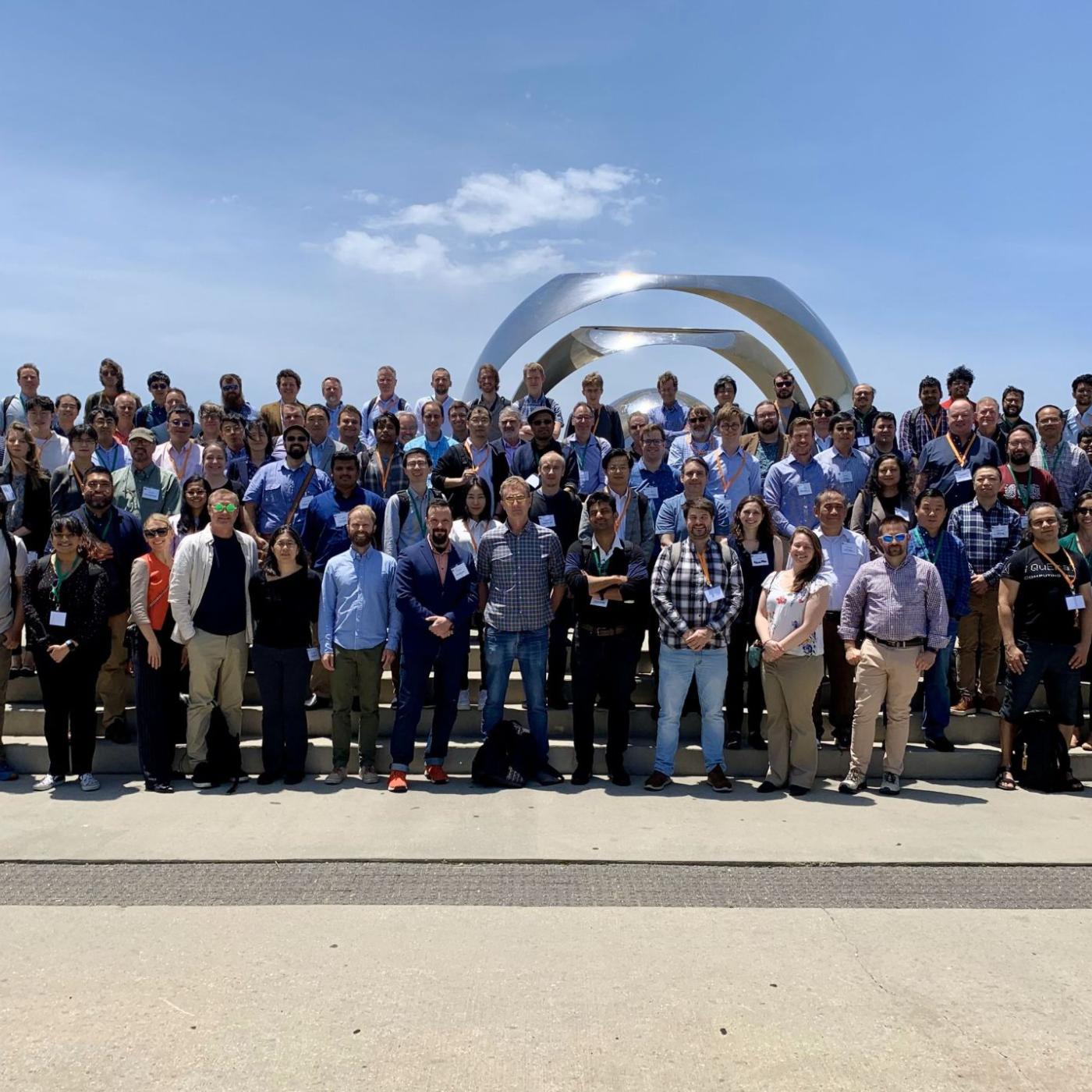
Filter News
Area of Research
- Advanced Manufacturing (2)
- Biology and Environment (12)
- Computational Engineering (1)
- Energy Science (15)
- Fuel Cycle Science and Technology (1)
- Fusion and Fission (26)
- Fusion Energy (10)
- Isotope Development and Production (1)
- Isotopes (3)
- Materials (18)
- Mathematics (1)
- National Security (5)
- Neutron Science (4)
- Nuclear Science and Technology (36)
- Nuclear Systems Modeling, Simulation and Validation (1)
- Supercomputing (4)
News Topics
- (-) Clean Water (33)
- (-) Nuclear Energy (122)
- 3-D Printing/Advanced Manufacturing (146)
- Advanced Reactors (40)
- Artificial Intelligence (129)
- Big Data (78)
- Bioenergy (111)
- Biology (128)
- Biomedical (73)
- Biotechnology (38)
- Buildings (74)
- Chemical Sciences (84)
- Composites (34)
- Computer Science (224)
- Coronavirus (48)
- Critical Materials (29)
- Cybersecurity (35)
- Education (5)
- Element Discovery (1)
- Emergency (4)
- Energy Storage (114)
- Environment (218)
- Exascale Computing (65)
- Fossil Energy (8)
- Frontier (63)
- Fusion (66)
- Grid (74)
- High-Performance Computing (129)
- Hydropower (12)
- Irradiation (3)
- Isotopes (62)
- ITER (9)
- Machine Learning (67)
- Materials (156)
- Materials Science (157)
- Mathematics (12)
- Mercury (12)
- Microelectronics (4)
- Microscopy (56)
- Molten Salt (10)
- Nanotechnology (63)
- National Security (86)
- Neutron Science (171)
- Partnerships (67)
- Physics (69)
- Polymers (35)
- Quantum Computing (53)
- Quantum Science (92)
- Security (31)
- Simulation (64)
- Software (1)
- Space Exploration (26)
- Statistics (4)
- Summit (70)
- Transportation (102)
Media Contacts
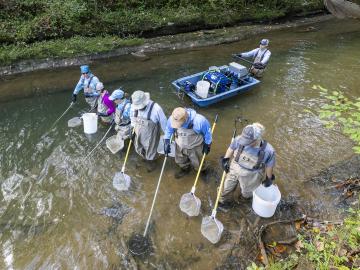
ORNL’s Biological Monitoring and Abatement Program, or BMAP, is marking 40 years of helping steward the DOE’s 33,476 acres of land on which some of the nation’s most powerful science and technology missions are carried out.
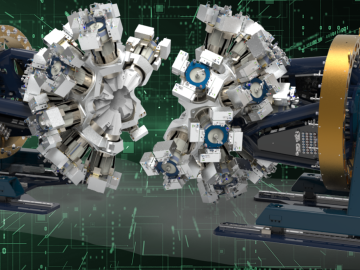
Analyzing massive datasets from nuclear physics experiments can take hours or days to process, but researchers are working to radically reduce that time to mere seconds using special software being developed at the Department of Energy’s Lawrence Berkeley and Oak Ridge national laboratories.

A team from ORNL, joined by university students, recently traveled to the Ohio State University Research Reactor to conduct a novel experiment on nuclear thermal rocket fuel coatings — one that could help propel NASA’s astronauts to Mars faster and more efficiently.
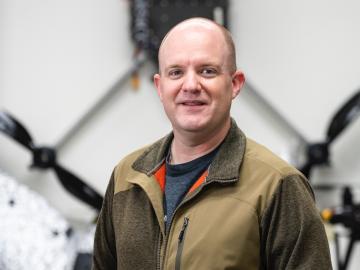
Jairus Hines, an electronics and unmanned systems technician at ORNL, works with airborne, waterborne and ground-based drones. As part of the lab’s Autonomous Systems group, he applies "low and slow" drone technology to radiation detection for national security missions.
During a recent visit to ORNL, several OASA (IE&E) representatives explored the ORNL’s leadership in advanced nuclear energy development to inform the design and construction of a microreactor to power mission-critical facilities at two Army bases.
Training nuclear safety experts to measure the unseen: ORNL’s course enhances nuclear accountability
Professionals from government and industry gathered at ORNL for the Nondestructive Assay Holdup Measurements Training Course for Nuclear Criticality Safety, a hands-on training in nondestructive assay, a technique for detecting and quantifying holdup without disturbing operations.

Scientists designing the world’s first controlled nuclear fusion power plant, ITER, needed to solve the problem of runaway electrons, negatively charged particles in the soup of matter in the plasma within the tokamak, the magnetic bottle intended to contain the massive energy produced. Simulations performed on Summit, the 200-petaflop supercomputer at ORNL, could offer the first step toward a solution.
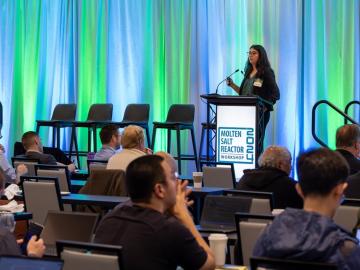
ORNL’s annual workshop has become the premier forum for molten salt reactor, or MSR, collaboration and innovation, convening industry, academia and government experts to further advance MSR research and development. This year’s event attracted a record-breaking 365 participants from across the country, highlighting the momentum to bring MSRs online.

National lab collaboration enables faster, safer inspection of nuclear reactor components, materials
A research partnership between two Department of Energy national laboratories has accelerated inspection of additively manufactured nuclear components, and the effort is now expanding to inspect nuclear fuels.

ORNL’s National Security Sciences Directorate partnered with the University of Tennessee’s Howard H. Baker Jr. School of Public Policy and Public Affairs to develop a graduate certificate in nuclear security that launched in the fall of 2024.


